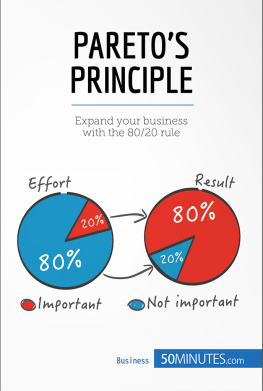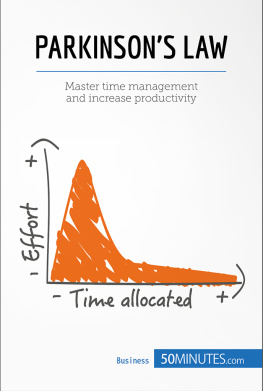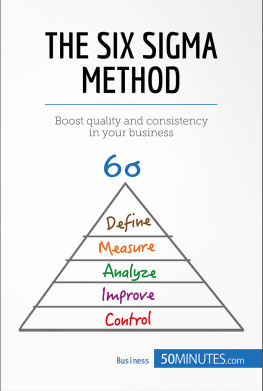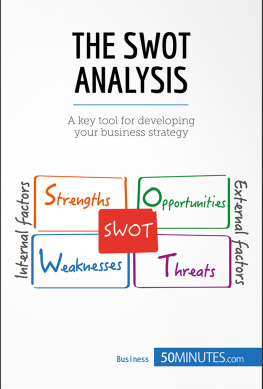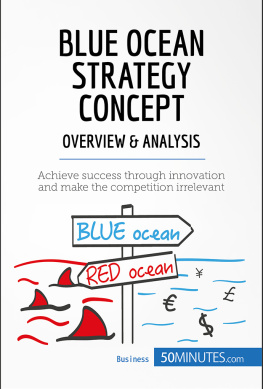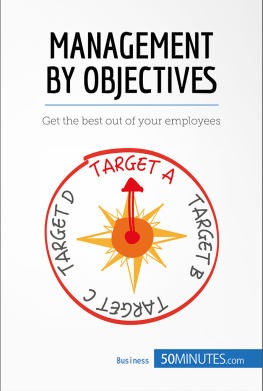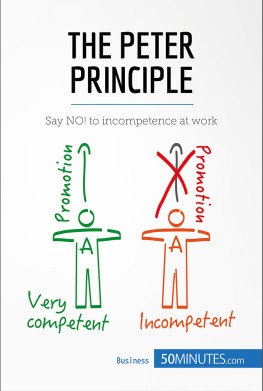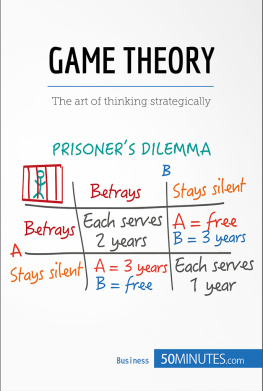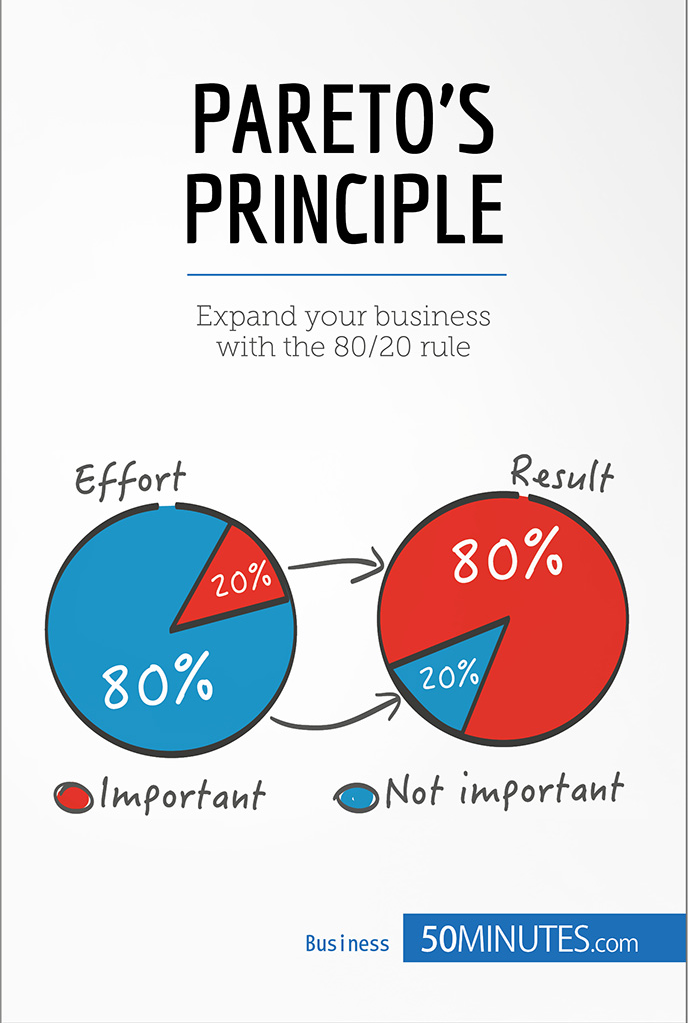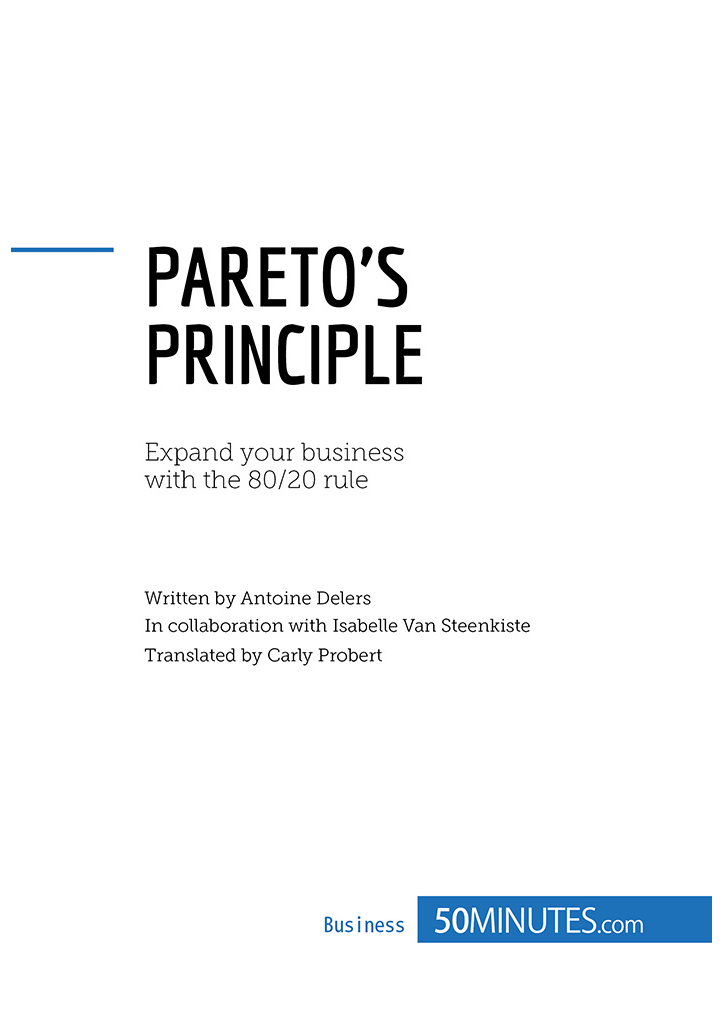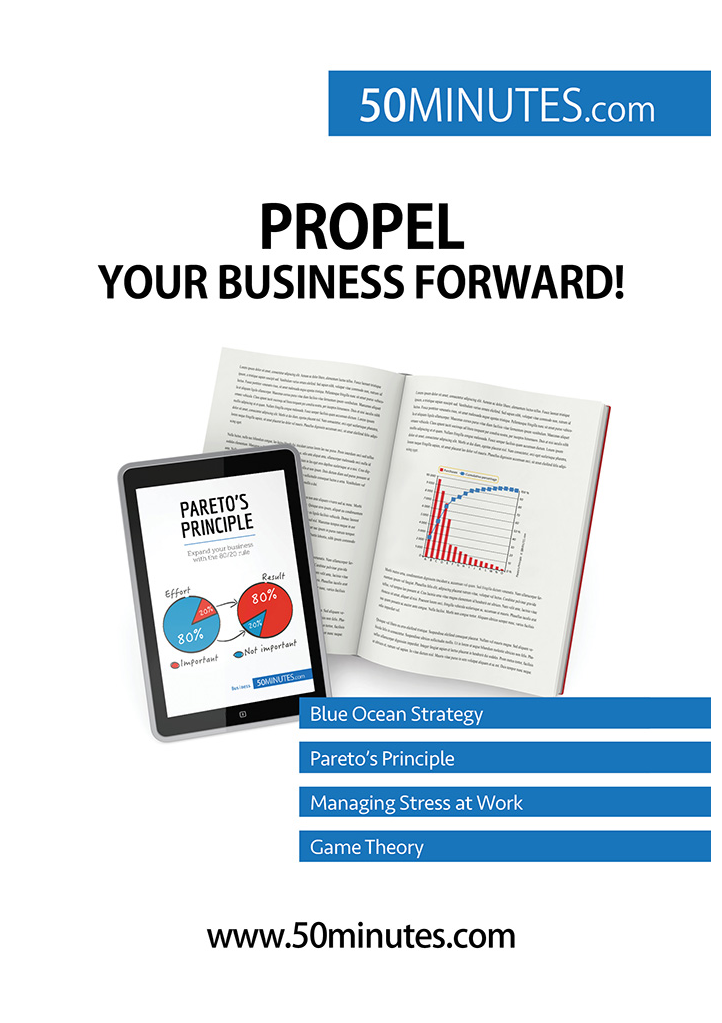Paretos principle is an analysis and decision-making tool created by Vilfredo Pareto (1848-1923) at the end of the 19th century in 1897. The Italian economist and sociologist, who studied at the Polytechnic University of Turin in Italy, is considered to be the founding father of what is now called Paretos Principle. By studying the wealth of his country he found that only 20% of people owned 80% of the total wealth. He then applied this law to other states such as Russia, France and Switzerland and found the same results.
However, it wasnt until the 1940s that Joseph Juran (1904-2008), an American engineer working in quality management, recognised the 80/20 theory and named it after Vilfredo Pareto.
Paretos principle comes from the observation that 20% of causes are responsible for 80% of the effects. In other words, in the world of business, 20% of customers are responsible for 80% of turnover. By identifying this 20% (the most important customers) companies can pay more attention to them to save time and money. According to Joseph Juran, Paretos principle can be applied universally in the corporate domain and can be found in all sectors of society. You can even use the principle in most areas of daily life. However, we will see that, both in business and other areas, the 80/20 ratio is not always respected but does give an idea of reality.
Theory
Initial context
In the forties, Joseph Juran observed that a minority of faults caused the majority of problems in the production line. Quickly recognising the 80/20 ratio (80% of problems are caused by 20% of faults), he attributed this theory to Vilfredo Pareto in the early twentieth century. Joseph Juran, during his research on quality management, showed that causes can be separated into two groups: those which are vital (in this case, 20% of faults) and those which are secondary, representing the remaining 80%. By isolating the most problematic faults (those that cause 80% of problems) Joseph Juran could focus on these further and significantly reduce the problems in the production line.
Good to know
Joseph Jurans principle was originally called the vital few and trivial many. Despite the considerable contribution of the economist, the Paretos principle name is still remembered more, probably because it sounds better than the name given by Joseph Juran.
Applications in business
Today, Paretos principle has many applications in business and in areas of personal management and research efficiency. Applications in business are mainly used for customer management and human resources. For example, 20% of employees produce 80% of the work. But it is also used in business strategies, knowing that 20% of products generate 80% of profits. In this book we will discuss in depth the application of this principle to the corporate sector. The following points present the many different uses in a clear and succinct way to help you understand Paretos principle.
Paretos principle as a tool in relationship marketing
As we have already mentioned, one of the most important applications of Paretos principle is the customer management of a company. Many studies show that 20% of customers are responsible for 80% of sales. These customers are the most important to the company. It is therefore better to make them loyal customers in order to ensure maximum retention, particularly through relationship marketing.
Useful information
Relationship marketing is a tool that lets you create and maintain a relationship between a brand and its customers by awarding gifts or discounts, or through invitations or advice. The goal is to develop a long-term relationship with customers, as retention costs are lower compared to the costs of attracting new customers.
Another application of Paretos principle is managing customer relations: 20% of customers are the source of 80% of complaints. If the 20% of customers used in the above example are the same as this 20%, the company will have no difficulty meeting their demands since it is already focusing on retention. Unfortunately, this is hardly ever the case: the 20% of important customers are rarely the same as the 20% responsible for 80% of complaints. In this case, it is more difficult for the company to clearly identify each customer category and assign them most of the attention. The company must then decide on its priority and choose between revenue and complaints management (generating customer satisfaction).
Paretos principle as a quality control tool
A second application, used by Joseph Juran, is that of control and quality management in a production line. If 20% of faults cause 80% of the problems, the company can concentrate its efforts on addressing the faults in question in order to improve quality. Other similar applications are also valid:
- 20% of machine set-up time can solve 80% of problems;
- 20% of the production line is responsible for 80% of the final product.
Other uses of Paretos principle
- Personal management tool: 20% of the work produces 80% of the results.
- Risk management tool: 20% of the risks cause 80% of the consequences.
- Logistics management tool: 20% of products generate 80% of storage costs.
- Stock management tool: 20% of the total number of products represents 80% of the total value of the stock.
- Sales management tool: 20% of products generate 80% of profits, etc.
What if the rule was used regularly?
What if Paretos principle was always used in business today? Should we get as close to the 80/20 ratio as possible to survive?
Take the example already studied: A company, after studying its customers, finds that only 10% of its customers contribute to 90% of its turnover. This situation is quite worrying as its capital of key customers is low. If the company were to lose just a few of them, its revenue would fall drastically. In this case, moving away from the standard 80/20 could be fatal for the company. There are two possible solutions:

